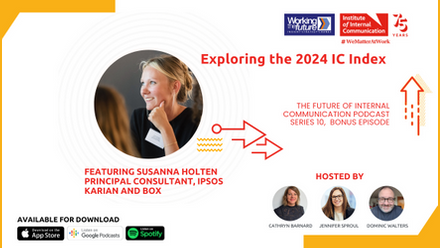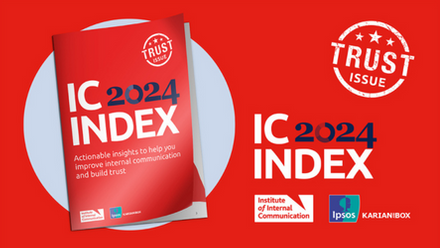As the dust begins to settle somewhat, it is necessary for businesses to continually examine their internal communication strategies to ensure they have the greatest effect.
The first step in updating your internal communication strategy is to explore changes and trends in your larger economic sector. During these strange times, businesses are rethinking communication to provide better incentives and streamline efficiency. As a result, they're finding ways to thrive even in the pandemic economy.
Stagecoach, for example, instituted an employee-facing mobile application to reach out to its 30,000 employees within the organization. Within the first week, 84% of employees made use of the app, and the business saw a corresponding increase in employee satisfaction.
This demonstrates how expanding the potential of your communication processes through modern technology can be a big win for businesses. Prepare for the future of business now by embracing the technology of the times and using it to implement improved communication practices across the board.
Right now, trending communication shifts include:
- widespread adoption of team messaging platforms and workflow organisation tools
- full integration of workflow processes into a digital platform with cloud functionality
- use of AI to patrol, categorise and improve data storage processes.
But integrating these tools in internal communications changes requires thorough planning to ensure a set of best practices are followed. Maximise the productivity of your communication processes by adhering to the following considerations.
Implementing changes to your internal communication strategy is never an easy task. The act itself requires effective communication in order to minimise employee challenges and increase efficiency. Without a strategy in place for making productive changes, you'll experience a steep learning curve in your new policies.
Fortunately, effective communication can be much less challenging if you follow this set of best practices:
1. Focus on clear, concise communication
For any project manager, crafting a communication approach that encourages understanding and engagement is the ultimate goal of the job. With about 90% of project management based around communication, improving clarity with a focus on three key "W"s can help: the "who", "what" and "when" surrounding your new communication policies to improve your approach.
2. Adopt helpful communication platforms
With these tools and tips, your internal communication strategy can be streamlined for greater employee success. Even among smaller businesses, the cost of miscommunication can be significant. The right communications approach can mean massive savings.
At the same time, however, don't fix what isn't broken. Implementing communication changes will undoubtedly be an expensive investment. First, learn to recognise where change is most needed.
The best way to streamline your communications for success is to begin gathering and analysing data. This can come in the form of employee surveys, productivity-measuring metrics gathered from various data platforms, or even Internet of Things (IoT) devices that monitor business processes. Data is an effective driver for making all kinds of decisions because it gives us the hard facts regarding what is happening in a business. Then, data analysts can generate a narrative from that data to better communicate the need for change throughout a company.
Examine your own data comparative to your goals and your competitors to determine areas of improvement. Streamlined communication can enhance just about any process. Now, with the help of data cloud services, IoT monitoring systems and so much more, technology increasingly illustrates the need for change.






